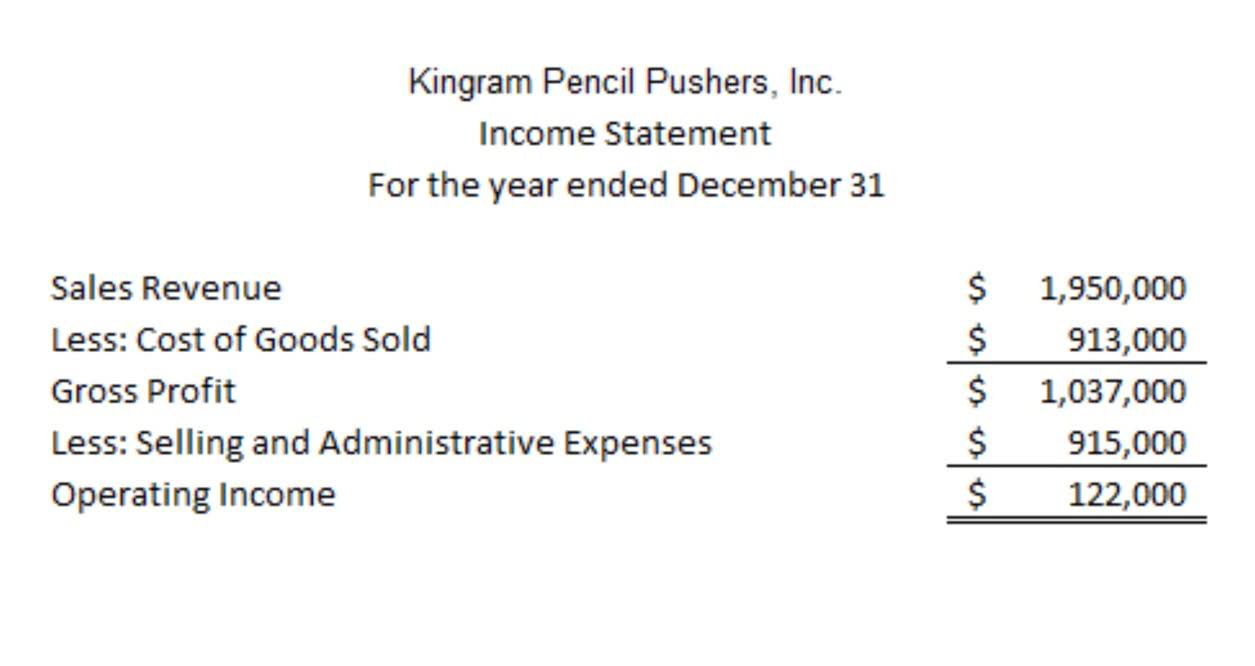
This type of assertion confirms Coffee Shop Accounting that all the transactions have been classified and presented properly in the financial statements. These techniques ensure that auditors can substantiate the integrity and accuracy of financial statements. In this instance, for example procedures performed at the inventory count which provide evidence of existence and completeness of inventory would not be relevant. This will determine the mix of tests of control and substantive procedures but both will tend to focus on transactions that have occurred so far in the period. Management assertions are not just formalities; they are substantive claims that have a ripple effect across various stakeholders in the financial reporting ecosystem.

Valuation or Allocation
- For instance, sudden spikes in expenses or revenue may indicate potential misstatements, prompting deeper scrutiny.
- In the realm of auditing, particularly when preparing for the AUD section of the CPA exam, understanding the nuances of presentation and disclosure in financial statements is paramount.
- It refers to the fact that all the transactions have been recognized accurately at their correct amounts.
- They also perform recalculations, such as verifying depreciation calculations or inventory valuation.
- Auditors often use tracing, following transactions from their source documents to their final entries in the financial records, to confirm completeness.
- These cover all items (transactions, assets, liabilities and equity interests) and would include for example confirming that disclosures relating to non–current assets include cost, additions, disposals, depreciation, etc.
Understanding these assertions is key if you’re diving into the world management assertions in auditing of accounting and auditing. Audit evidence is all the information, whether obtained from audit procedures or other sources, that is used by the auditor in arriving at the conclusions on which the auditor’s opinion is based. Audit evidence consists of both information that supports and corroborates management’s assertions regarding the financial statements or internal control over financial reporting and information that contradicts such assertions. During the final audit, the focus is on the financial statements and the assertions about assets, liabilities and equity interests. At this stage the auditor will design substantive procedures to ensure that assurance has been gained over all relevant assertions. Management assertions play a pivotal role in the audit process, serving as the foundational claims by management about the financial statements that auditors evaluate for truthfulness and accuracy.
True and Fair View of Financial Statements
They demand a deep understanding of the business and its environment, as well as a critical approach to evaluating the evidence gathered. By focusing on assertions, auditors can provide a more targeted and effective audit, ultimately leading to a higher level of assurance in the financial statements. Management assertions are the claims or representations made by management in the financial statements. In contrast, audit assertions are the tools or lenses used by auditors to examine and test those claims. Both are fundamental to the audit process, with the former being the subject of the audit and the latter guiding the methodology of the audit.

Account balance assertions
- This process helps in determining if assets are accurately reported and if financial statements can be relied upon by stakeholders.
- For valuation, especially in volatile markets, auditors frequently use revaluation models.
- It is about all transactions, events, balances, and other matters that should be disclosed in the financial statements and confirms their appropriate disclosure.
- These include assertions of occurrence, where management claims that the transactions recorded have actually taken place during the given period.
- These assertions are crucial as they are directly tested by auditors to ensure the integrity of financial information.
They must consider the interrelationships between financial statement elements and how misstatements in one area could affect another. retained earnings This holistic approach ensures that auditors do not view assertions in isolation but understand their collective impact on the financial statements’ integrity. Management assertions are primarily used by the external auditors at the time of audit of the company’s financial statements. In other words, audit assertions are sometimes called financial statements Assertions or management assertions. Understanding these assertions is crucial as they guide auditors in designing procedures to test the validity of financial data.

Valuation and allocation assertions pertain to the appropriate valuation of assets and liabilities and the correct allocation of revenues and expenses. Auditors evaluate these assertions by inspecting physical assets, confirming balances with third parties, assessing valuation models, and analyzing liabilities to confirm their existence and valuation at the balance sheet date. Management assertions are a set of representations by a company’s management, embedded in financial statements, that affirm the accuracy and completeness of financial information presented.